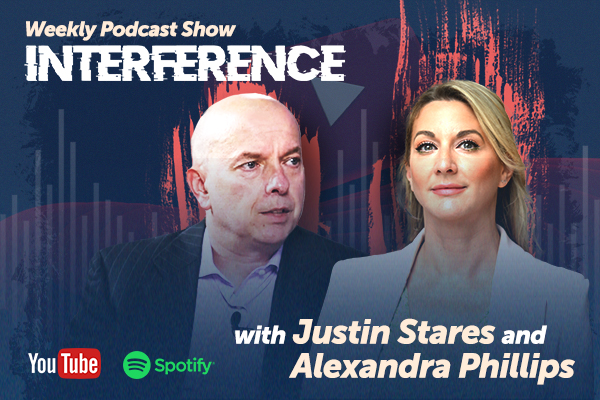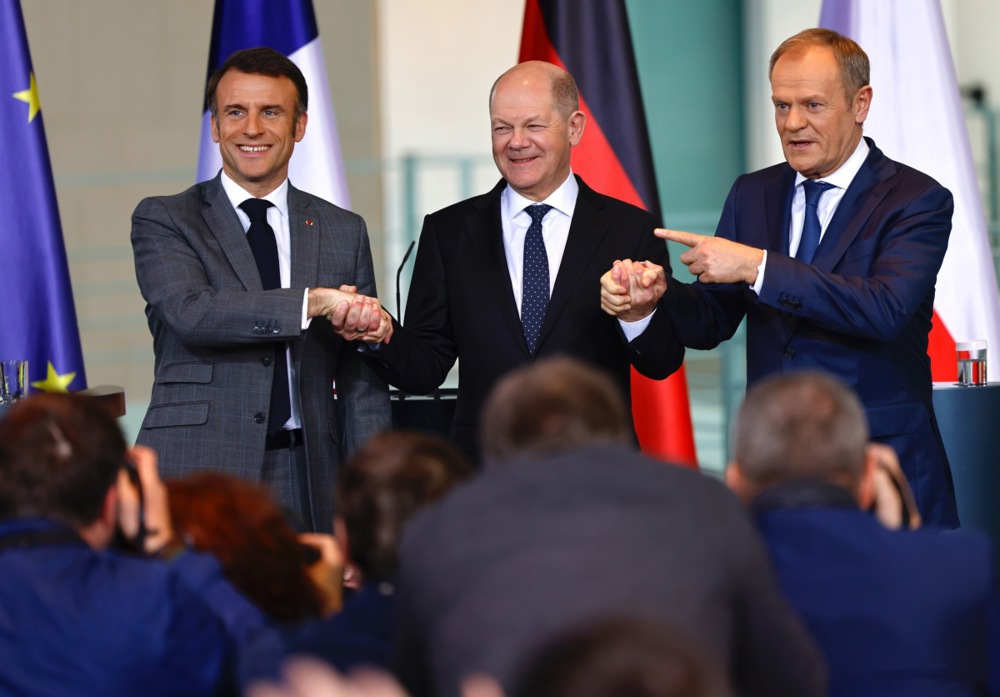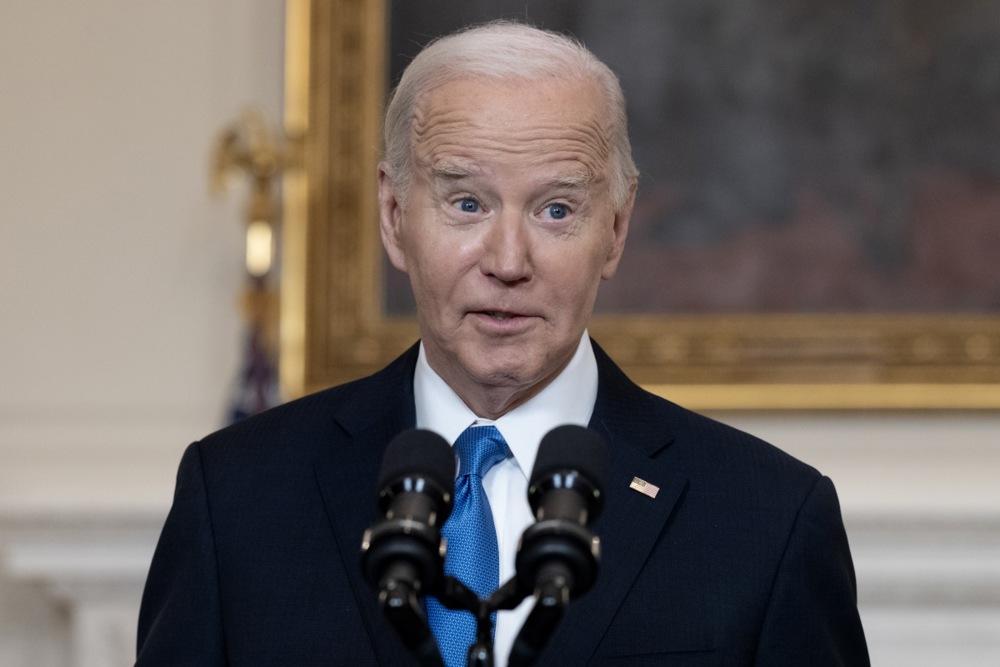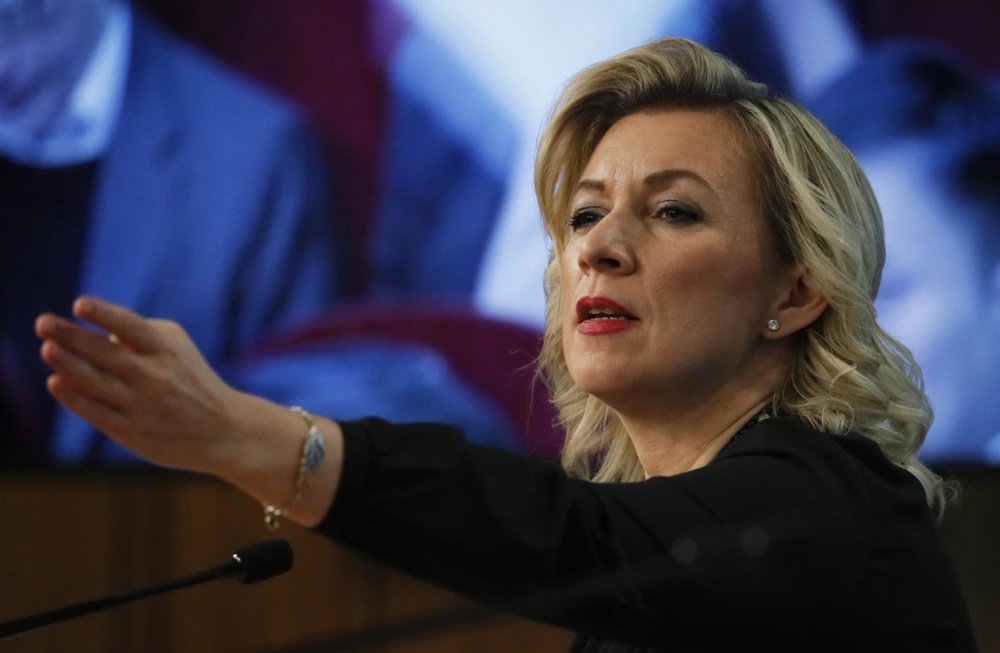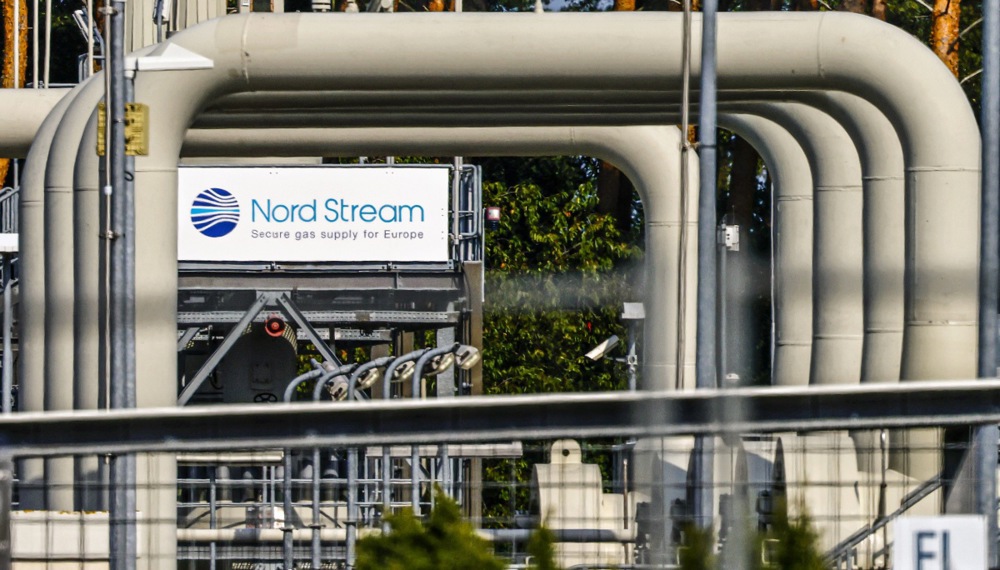Pete Hegseth, the US Defence Secretary, has praised Poland’s efforts in ramping up military spending to 5 per cent of its GDP.
Despite that, he would not commit to the US retaining its forces in the country ahead of proposed peace talks to end the war in Ukraine.
When asked on February 14 by reporters after his meeting with Polish defence minister Władysław Kosiniak-Kamysz on whether the US would consider withdrawing its military forces from Eastern Europe, including Poland, as part of any peace deal in Ukraine, Hegseth did not give a direct answer.
His response was that US President Donald Trump recognised that the “American presence on the continent is important to deter [Russian President] Vladimir Putin and to send that signal of solidarity”, but added: “What happens five, 10 or 15 years from now is part of a larger discussion” set to begin during the peace talks on ending the conflict in Ukraine.
Hegseth stressed that it was important for European NATO members to bolster their own defence capabilities. Warning that now was the time “to step up, because you can’t make an assumption that America’s presence will last forever”.
The US defence secretary during his visit to Warsaw also met with Polish President Andrzej Duda with the latter claiming after the meeting that the idea of a permanent US base in Poland which Poland’s head of state once called “Fort Trump”, was back on the agenda. However, there was no confirmation of that being the case from the US side.
The US has around 8,000 of its troops stationed in Poland and in 2023 established its first permanent military base in the country.
Poland, along with the Baltic states, Romania and Czechia, has feared that any withdrawal of US forces from Central Europe, as part of a broader security deal beyond the Ukraine war, could be read by Putin as an invitation to make these countries part of the Russian sphere of influence.
Still, Hegseth was full of praise for Poland, calling it a “model ally” adding that it was “intentional that our first European bilateral visit is here in Poland”. That was, he said, because Poland was “willing to invest not just in their defence but in our shared defence”.
“Poland leads by example on a lot of things, including defence spending,” he said, noting that Poland now had NATO’s highest relative defence spending of 4.7 per cent of its GDP.
“Diplomacy is important, but ultimately bullets, tanks, helicopters and hard power still matter,” he continued. “Poland understands that, and so do we.”
Hegseth’s visit to Poland took place in the aftermath of European politicians being blind-sided by Trump’s recent peace overtures towards Putin.
Polish Prime Minister Donald Tusk tried to seize the political initiative on February 13, speaking to European leaders including European Council President Antonio Costa, German Chancellor Olaf Scholz as well as Scholz’s likely successor Friedrich Merz, and Swedish Prime Minister Ulf Kristersson, insisted that European unity was possible.
“The message is clear: Ukraine, Europe and the US must be fully united and engage in peace talks,” he wrote on X.
In reality there has been little interest from either the US or Russia as regards involving the Europeans in the peace talks to end the war in Ukraine.
The only role that seemed to be envisaged for the European Union would come after the ceasefire, with the US suggesting that Europe could send peacekeeping forces to help maintain the peace in Ukraine.
That was a possibility only France’s President Emmanuel Macron seemed to be ready to contemplate thus far.
